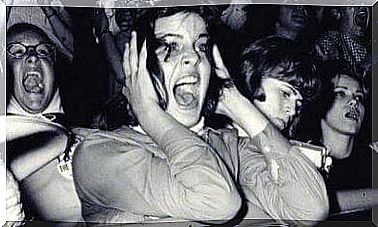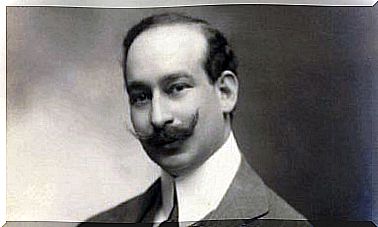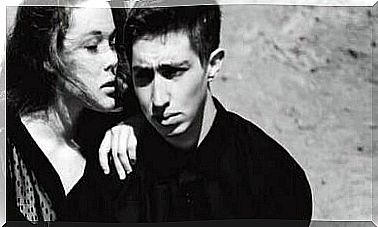What Is The Frustration-aggression Theory?

The theories that try to explain aggressiveness are multiple and, at least apparently, logical. Today, we are going to get to know the frustration-aggression theory, one of the most popular in its historical moment and a basis for other more current ones.
This theory provides a very simple explanation for the issue of aggression, but its author was able to create a statement applicable to practically all situations of violence. You are curious? Keep reading.
What is the frustration-aggression theory?
This theory was formulated by John Dollard and Neal Miller, two psychologists from the school of behaviorism who wanted to theorize about the causes of aggression. In 1939, they formulated the theory of frustration-aggression, in which this behaviorist tendency once again reduced to stimulus-response one of the basic processes of behavior in society: violence.
However, Dollard’s psychoanalytic background led them to seek a theory that capitalized on the strengths of both theories.
What does the frustration-aggression theory propose?
The main hypothesis is that aggression is always a consequence of frustration and that it also works the other way around: frustration always leads to some kind of aggression. With these simple assumptions, Dollard and his collaborators sought to make predictions about when and against whom people were engaging in aggression.
But how do frustration and aggression work? Below, you can read how these authors described the two processes separately.
the frustration
In this theory, frustration is understood as an interference in the behavior sequence, that is, the person is frustrated if he cannot fulfill his desires. This can happen for several reasons.
For example, if a child receives a package of candy while watching a movie and is suddenly removed from the room and the candy is taken away, he will not be able to do either. You are likely to be very frustrated, of course.
The theory also postulates that the greater the frustration, the more intense the resulting aggression. If someone tries to “jump the line” at the supermarket, for example, the probability of being pointed out or reprimanded increases or decreases depending on the position they accessed or tried to access.
Frustration often builds up and it reaches a point where any small frustration can lead to intense aggression, a product of that buildup.
aggression
Within the frustration-aggression theory, aggression is a behavior whose objective is to harm the person to whom it is directed. The aggression can be physical or verbal, direct or indirect.
However, aggression does not always reach the person who generated it directly. In these cases, displaced aggression is used, which consists of exerting violence on another target that shares some similarity with the original. Also, if direct violence is prevented or avoided, indirect violence will be used – such as spreading rumors or making fun of someone.
Later, a study showed that people with high but unstable self-esteem quickly show hostility in the face of frustration because they are continually on guard.
In this context, this theory describes two ways to reduce aggression:
- Suppress frustration: If the trigger is removed, the consequence will also naturally be eliminated. An example would be for the person who has just dropped your coffee on the floor to apologize and invite you to have another coffee.
- Catharsis: According to this method, translating frustration into action reduces individual activation and prevents further aggression.
The ramifications of the frustration-aggression theory
After this theory, many others appeared trying to develop its weaknesses. Ted Gurr, for example, applied this theory to how social upheavals originate when people’s aspirations and hopes are frustrated.
On the other hand, Engebretson postulated in 1989 that those who express their anger freely will be less activated than those who repress themselves. Does this mean that aggression should be allowed as a form of catharsis? The most obvious answer is no, but the debate remains open to this day.









